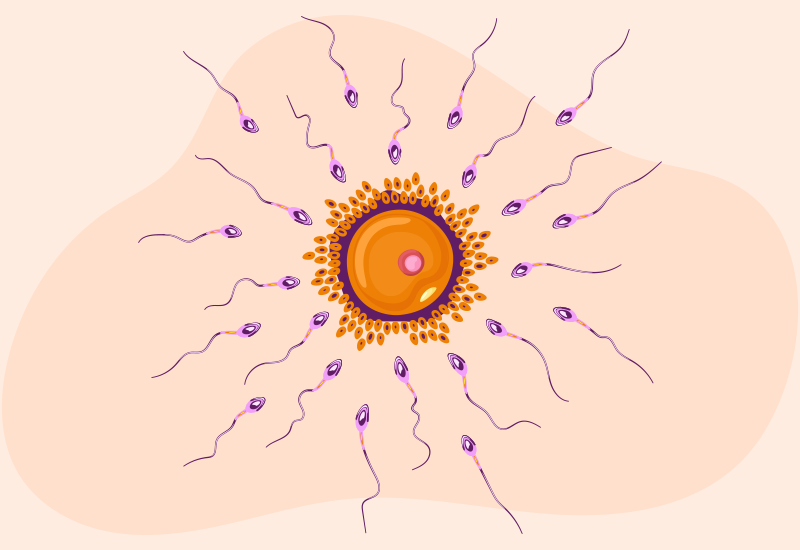Understanding the different elements of fertility can feel overwhelming, but breaking them down into manageable pieces helps. One key aspect is the timing of procedures like insemination. For those exploring pathways to pregnancy, grasping how timing aligns with the body’s natural cycles provides a clear foundation. This knowledge can empower you as you navigate your personal fertility journey.
Why Does Timing Matter?
Timing is a fundamental component of the conception process. The female reproductive cycle operates on a specific schedule, and aligning insemination with this schedule may influence outcomes. There is a limited window each month when conception is possible.
Several biological events highlight the significance of timing:
- Ovulation: This is the release of a mature egg from the ovary. The egg is viable for a short period, typically 12 to 24 hours, after it is released.
- Sperm Viability: Sperm can survive within the female reproductive tract for up to five days. This extended lifespan allows for a wider window for fertilization.
- Fertilization Window: The “fertile window” refers to the days leading up to and including ovulation. The chances of conception are highest during this time because it allows sperm to be present and waiting for the egg’s release.
Effectively scheduling an insemination procedure requires tracking these natural patterns. Pinpointing ovulation helps to align the introduction of sperm with the presence of a viable egg, which is central to the fertilization process.
When Is Insemination Most Effective?
The goal of timing insemination is to place sperm in the reproductive tract just before or at the moment of ovulation. This approach maximizes the opportunity for sperm to reach the egg while it is viable. The most common practice is to perform the insemination procedure within the 24 to 36 hours leading up to ovulation.
Detecting the luteinizing hormone (LH) surge is a common method for predicting ovulation. The LH surge is a sharp increase in this hormone that triggers the final maturation and release of the egg. Ovulation typically occurs about 24 to 36 hours after the LH surge begins. Therefore, scheduling the insemination after a positive LH test result is a standard approach.
Some situations may involve more than one insemination per cycle. Performing procedures on two consecutive days, such as the day of the positive LH test and the following day, can sometimes be used to cover the entire ovulation window. This method aims to increase the presence of viable sperm throughout the most fertile period.
What Factors Affect Conception?
Beyond the timing of insemination, various other factors can influence the chances of conception. A person’s overall health and specific reproductive characteristics play a part in the process. These elements work together with proper timing.
Here are some factors that may affect conception:
- Age: Female fertility naturally declines with age, particularly after 35, as egg quantity and quality decrease. Male fertility also declines, though more gradually.
- Uterine Health: The condition of the uterus is another factor. Structural issues or the health of the uterine lining can affect the ability of an embryo to implant.
- Sperm Quality: The health of the sperm, including its count, motility (movement), and morphology (shape), directly impacts its ability to fertilize an egg.
- Lifestyle Choices: Habits related to diet, exercise, stress levels, and substance use can influence the reproductive health of both partners.
Understanding these contributing elements provides a more complete picture of the fertility process. Each factor can interact with others, and paying attention to them can support the journey toward conception.
Consult a Specialist
Navigating the details of fertility and procedures like insemination can bring up many questions. A fertility specialist or reproductive endocrinologist can offer personalized guidance based on your specific health profile and history. They can perform detailed assessments to create a clear plan tailored to your needs. Working with a professional provides support and clarity. We encourage you to reach out to a specialist to discuss your options and create a path forward.


